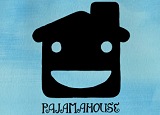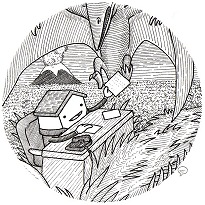 Wow, so the Pajamahouse Studios team is split between New York and Tokyo! How do you keep the studio together when you’re literally on opposite sides of the globe – do you rely completely on email and teleconferencing, or does the team meet in person every so often? For that matter, how did you happen to meet up in the first place?
Wow, so the Pajamahouse Studios team is split between New York and Tokyo! How do you keep the studio together when you’re literally on opposite sides of the globe – do you rely completely on email and teleconferencing, or does the team meet in person every so often? For that matter, how did you happen to meet up in the first place?
There are two of us who make up the core part of the studio. I mainly cover art and design and am based in New York, while Hisaoki Nishida covers the programming and lives in Tokyo. We met through a mutual friend who linked us together back in 2009 when we both wanted to explore game development.
We both have histories of working with people around the globe. Hisaoki has lived all over the world in places like Japan, Sweden and the US. And I’ve also worked a lot with record labels and interacted with artists, plants and distributors overseas. So we were both pretty used to working with people who weren’t in the same room by the time we met.
We do meet occasionally though. The last time we met up was for WWDC in San Francisco last summer.
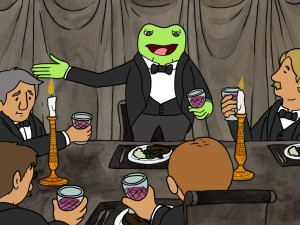 We see that Pajamahouse does a lot of animation work in addition to videogames. Would you describe your studio primarily as an animation house, primarily a videogame developer, or split down the middle?
We see that Pajamahouse does a lot of animation work in addition to videogames. Would you describe your studio primarily as an animation house, primarily a videogame developer, or split down the middle?
It’s hard to say exactly what we do given that our output so far is pretty eclectic. We sort of take on projects as they come without worrying too much about how it will match up with what was before and will come after. Overall, I would like to think of us as a “creativity entity” because we may do projects that are even outside of animation and videogame development.
Tell us a little about your pre-Desi projects — Sonorasaurus and Sea Rascals. Were these the Pajamahouse team’s first trip into the world of game and app development, or did the team already bring a lot of game and app development experience to the table when you founded the studio?
Sea Rascals was the first project Hisaoki and I tackled together. It was more of our guinea pig, really. A way to establish our working relationship, familiarize ourselves with iOS and see how the App Store worked.
Sonorasaurus was kind of tangential, veering away from our initial interest in games. It came out of a curiosity to see what the device could do. I have deejayed for about half my life and thought it would be cool to do something for the iPhone. When we started working on it, nothing like it really existed.
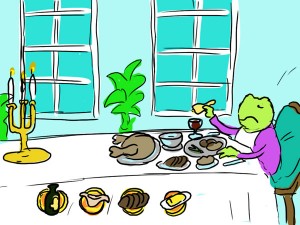 No doubt I’m dredging up a lot of bad memories with this one, but it was shocking to find out the degree to which pirated downloads of Sonorasaurus dwarfed actual sales. How did you deal with that reality?
No doubt I’m dredging up a lot of bad memories with this one, but it was shocking to find out the degree to which pirated downloads of Sonorasaurus dwarfed actual sales. How did you deal with that reality?
Yeah, there have been some tough moments with it from the very start. Even getting it released was sort of a nightmare. It was stuck in review limbo for about three months before it hit the App Store.
And then, of course, piracy was a big problem. We are a very small studio, just us with no backer or anything, so that really hurt us and took away the resources we needed to keep pushing the app forward. But hindsight is 20/20 and all that. We decided to make a music app in an age where no one pays for music anymore. So most of these people are unlikely to pay for music software.
As a result we had to make a tough decision and put Sonorasaurus updates on hold for a while so we could get back to games, which was the reason we started working together in the first place.
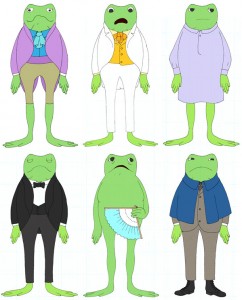 Let’s jump to your latest project, Desi Leaves Town. How did you come up with the idea of adapting J.K. Huysmans’ Against Nature into this extravagant cartoon/puzzle game mashup? And why transform the central character, Jean Des Esseintes, into Desi the frog?
Let’s jump to your latest project, Desi Leaves Town. How did you come up with the idea of adapting J.K. Huysmans’ Against Nature into this extravagant cartoon/puzzle game mashup? And why transform the central character, Jean Des Esseintes, into Desi the frog?
The frog existed first, actually. I had this idea about a conceptual joke game in which this pompous frog berated the player while they solved different puzzles to make the frog comfortable.
I told Nicholas (Kratochvil, the game’s writer) about this idea and he suggested adapting the book. The personality reminded him of Jean Des Esseintes, and making him a frog in a cartoon setting would lighten the book’s darker areas.


